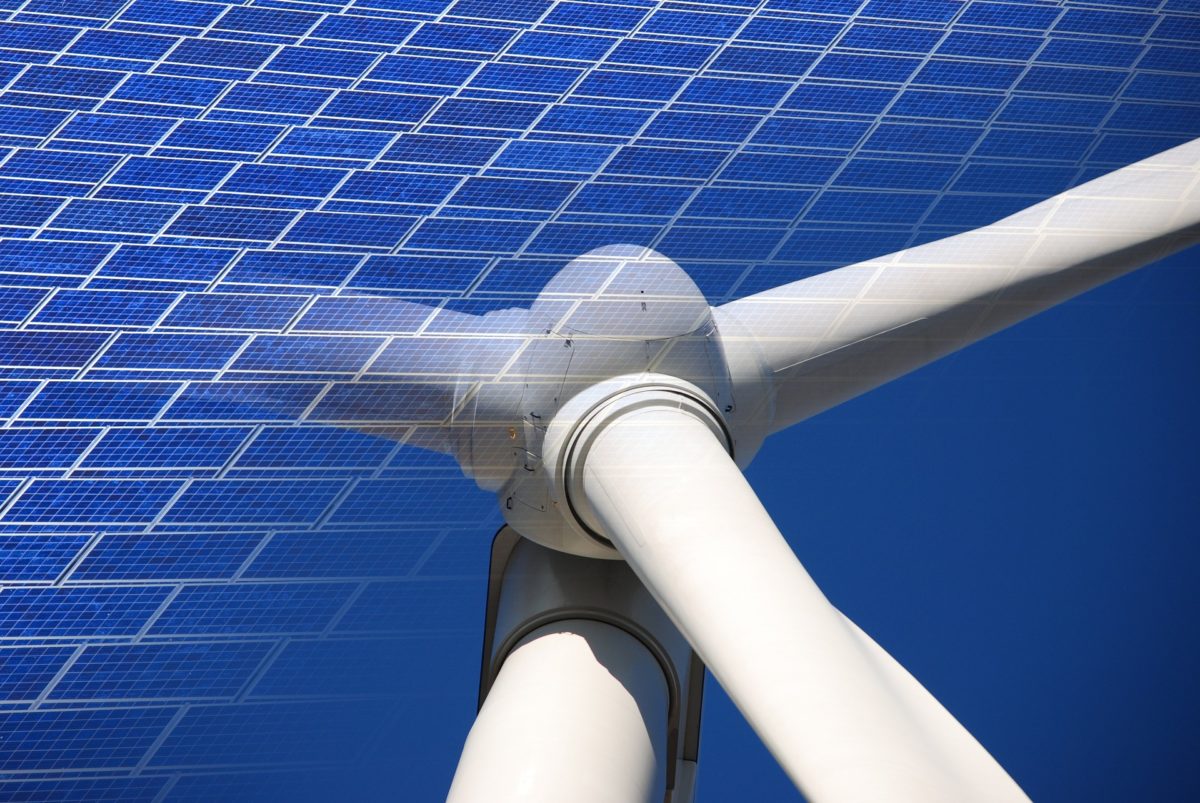The momentum gained through the Infrastructure Investment and Jobs Act of 2021 and the Inflation Reduction Act of 2022 could be delayed by a Republican victory in 2024. The Wood Mackenzie new Horizons report, Hitting the brakes: how the energy transition could decelerate in the U.S. details how a new administration could roll back decarbonization policies and delay the energy transition. While all will not be lost, the transition will be slowed and the goal of net zero knocked off pace.
“It is not likely that the IRA will be fully repealed,” said David Brown, director of Wood Mackenzie’s Energy Transition Research. “However, a second Trump presidency would likely issue executive orders that would abandon the 2035 net zero target for the power sector, establish softer emissions goals from the EPA, and issue tax credit regulations that could favor blue hydrogen.”
Overall the report sees a 55% reduction in investment in the clean energy sector with the “delayed scenario”.
In addition to slowing the move to clean energy, such as solar and wind, the report forecasts that a Republican administration would likely cut incentives for electric vehicles, and there would be growth in “unabated” fossil fuel generation, green hydrogen and carbon capture.
“This election cycle will really influence the pace of energy investment, both in the next five years and through 2050. Investments in low carbon supply need to be made in the near term to realize longer dated decarbonization targets. U.S. carbon emissions could grow, putting net zero out of reach in our delayed transition scenario,” according to David Brown,
The report looks at three scenarios: Delayed, base case and net zero.
The delayed scenario represents what Wood Mackenzie projects would take place under a Republican administration, estimating an investment of about $7.7 trillion in investment for the U.S. energy sector over 2023-50. However, the report notes that in the delayed scenario, there would be less policy support for things such as low-carbon energy and infrastructure improvements, decreasing the investment for the U.S. energy sector by $1 trillion compared to the base case.
The base case forecast for the U.S. forecasts that wind and solar power capacity will expand six-fold by 2050 and low-carbon hydrogen will account for 5% of the energy mix. It also shows that fossil fuel demand will peak by 2030.
The net zero scenario describes how a 1.5˚C world may play out over the next 30 years (to 2050). Carbon emissions align with the
most ambitious goal of the 2015 Paris Agreement. According to Wood Mackenzie’s 2023 Energy Transition Outlook, low-carbon
hydrogen and carbon removal technologies play a major role in this scenario, while requiring radical changes in consumer behavior.
U.S. capital investment in the energy sector, cumulative, 2023-2050, in US$ trillion.

Source: Wood Mackenzie.
According to the report, where policy support for low-carbon energy is cut back, there would be less investment in carbon capture utilization and storage (CCUS) and low-carbon hydrogen. The report estimates that total U.S. natural gas demand would rise 6% from the 2030 base case to 6 billion cubic feet per day. Peak fossil fuel demand will happen, but about a decade later than the 2030 prediction in the base case.
U.S. net energy-related CO2 emissions by outlook, in billions of tons

The effect on the currently burgeoning solar industry would be less financial support from the Department of Energy Loan Program Office, fewer grid improvements and continued trade tension with China. The report forecasts wind and solar and energy storage capacity would be about 500 GW by 2050, 25% lower than the base case.
While federal support would be reduced, state support would become the focus just as it was in the last Republican administration. State-level renewable portfolio standards and voluntary renewable energy targets supported wind and solar capacity expansions of over 13% a year on average between 2016 and 2020 during the last administration, according to the report.
“A slower transition scenario for emerging technologies does not mean the story is over,” said Brown. “The emerging technology sector in the US will need to reassess costs, project sizes, and subsidy reliance. This should be approached through a position of confidence. The US has a track record of innovation – the US went from a net LNG importer to the world’s largest LNG exporter over the last decade.”
This content is protected by copyright and may not be reused. If you want to cooperate with us and would like to reuse some of our content, please contact: editors@pv-magazine.com.









By submitting this form you agree to pv magazine using your data for the purposes of publishing your comment.
Your personal data will only be disclosed or otherwise transmitted to third parties for the purposes of spam filtering or if this is necessary for technical maintenance of the website. Any other transfer to third parties will not take place unless this is justified on the basis of applicable data protection regulations or if pv magazine is legally obliged to do so.
You may revoke this consent at any time with effect for the future, in which case your personal data will be deleted immediately. Otherwise, your data will be deleted if pv magazine has processed your request or the purpose of data storage is fulfilled.
Further information on data privacy can be found in our Data Protection Policy.